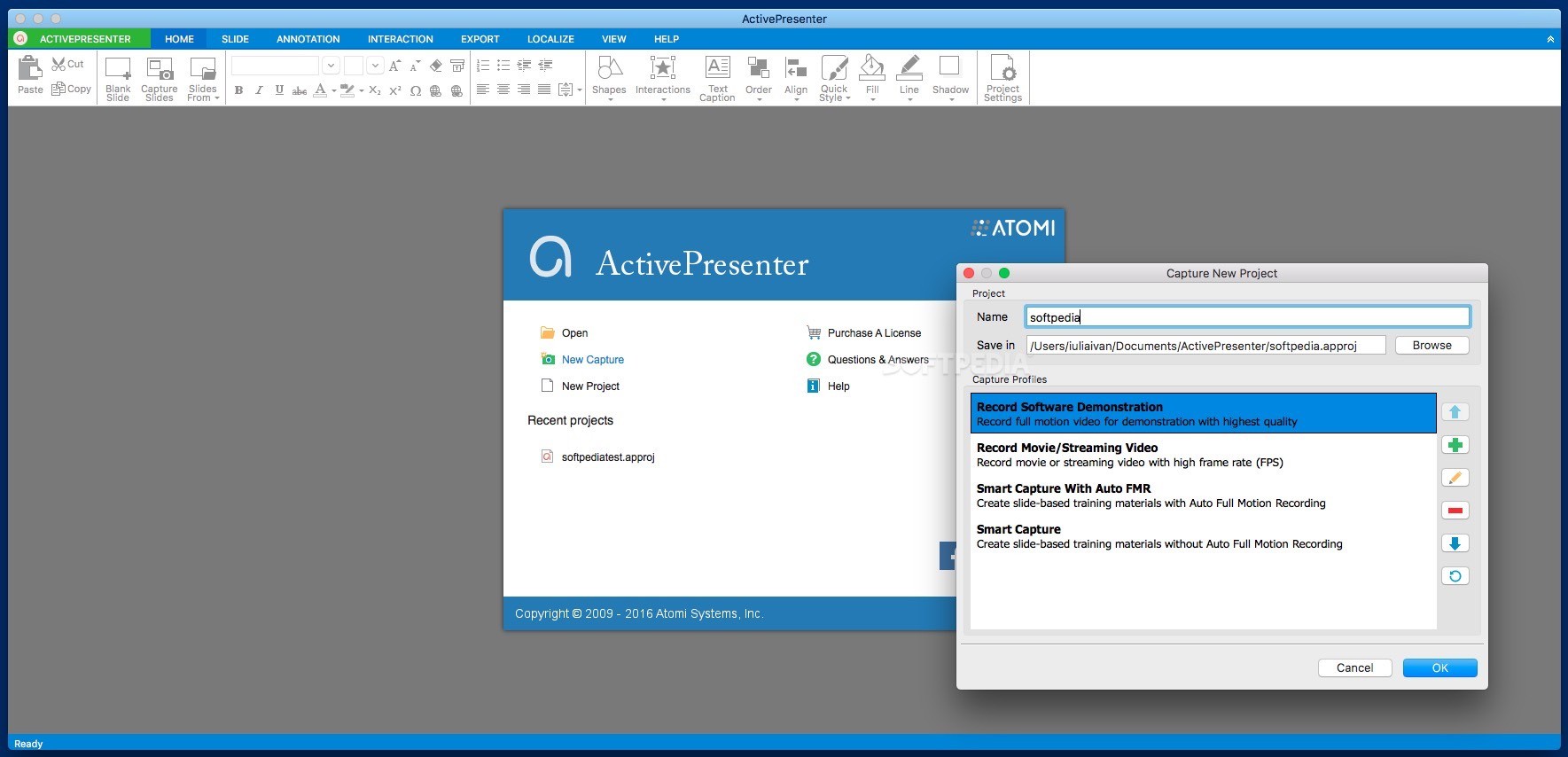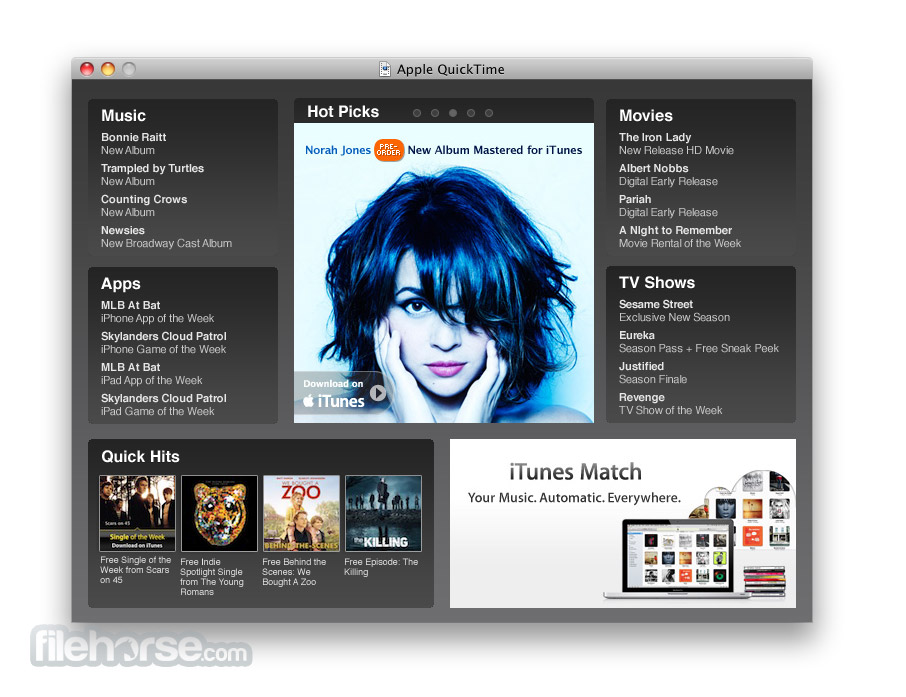
Open any of these files with QuickTime Player 7 on OS X and they look fine. It’s pretty easy to confirm that these bugs are tied to QT 7.7.2 on Windows. My guess is that the screwed up parsing of the textBox directive led to funky coordinates which, once shrinkTextBox is turned on, led to the subtitles being placed offscreen. It is not InqScribe-specific.īoth of these bugs can be replicated by editing simple text files and opening them within QuickTime Player on Windows (or, to see the proper, non-buggy behavior, within QuickTime Player 7 on OS X).įor the 1000+ pixel bug, create a text file (qt_test.txt) containing the following: This movie should be 999圆00.Īnd in this case, the subtitle is no longer visible at all.
#Quicktime 7.7 1 how to#
What follows is a little more detail about the underlying bugs and how to replicate them. Then download and run the QuickTime 7.7.1 installer (Apple doesn’t make 7.7.1 available any more, so thanks to for hosting the installer.) That’s it. You can do this via Start > All Programs > QuickTime > Uninstall QuickTime. To revert to QuickTime 7.7.1, first uninstall QuickTime 7.7.2.

If you revert to QuickTime 7.7.1, the bugs go away. These bugs are directly tied to QuickTime 7.7.2 for Windows, which was released on May 15, 2012. In some cases, the exported subtitles simply aren’t visible at all. So if you try to create subtitles with a width of 1000 pixels, you’ll get subtitles with a width of only 100 pixels.Ģ. If you use custom positioning and set the width of the subtitles to 1000 pixels or more, the last digit will get ignored.

BL.Ī word of warning to InqScribe users: we’ve identified a couple of bugs that impact Windows users’ ability to use InqScribe to generate subtitled movies.ġ. UPDATE: As of and QuickTime 7.7.4, Apple has still not resolved the issue.


 0 kommentar(er)
0 kommentar(er)
